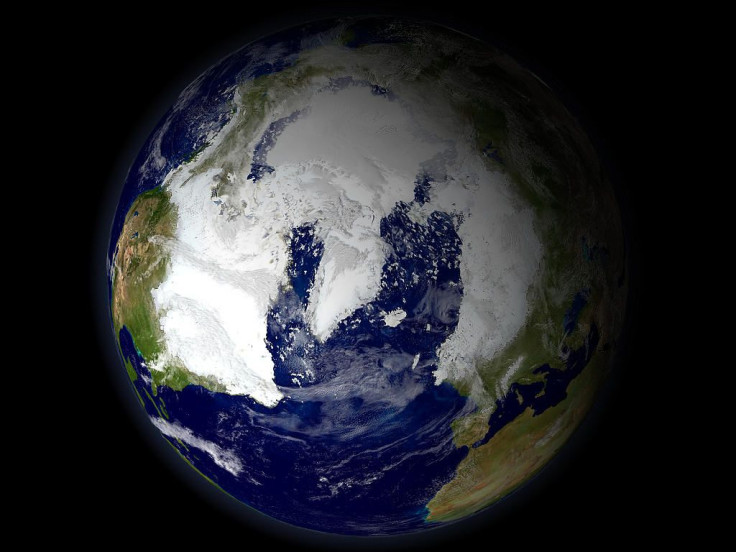Ancient Ocean Currents Linked To Longer And More Intense Ice-Age Cycles

A new study of deep ocean sediments has helped scientists determine why ice-age cycles became longer -- switching from 41,000-year cycles to 100,000-year cycles -- and more intense nearly 900,000 years ago.
According to the study results published in the journal Science, the deep ocean currents responsible for the movement of heat around the globe may have stalled at that time because of increasing ice cover in the Northern Hemisphere, which might have contributed to longer ice-age cycles.
“The oceans started storing more carbon dioxide for a longer period of time,” Leopoldo Pena, a paleoceanographer at Columbia University’s Lamont-Doherty Earth Observatory, or LDEO, and the study’s lead author, said in a statement carried by the U.S. National Science Foundation. “Our evidence shows that the oceans played a major role in slowing the pace of the ice ages and making them more severe.”
According to scientists, the slowing currents boosted carbon-dioxide storage in the oceans, leading first to less CO2 in the atmosphere and then to colder temperatures.
As part of their study, the researchers reconstructed the past strength of ocean currents by sampling deep-sea sediments collected from the coast of South Africa, where powerful currents originating in the North Atlantic Ocean pass on their way to Antarctica.
Over the last 1.2 million years, scientists said, these ocean currents strengthened during warm periods and weakened during ice ages. But, nearly 950,000 years ago, ocean circulation slowed drastically and remained weak for 100,000 years, when the Earth skipped the warmer interval between ice ages.
While the Earth’s orbit around the sun is partly related to longer ice-age intervals, scientists also believe that advancing glaciers in North America also could have triggered the slowdown in deep ocean currents by helping in the formation of thicker, longer-lasting ice on the bedrock.
“Our discovery of such a major breakdown in the ocean circulation system was a big surprise,” Steven Goldstein, a geochemist at LDEO and the study’s co-author, said in the statement. “It allowed the ice sheets to grow when they should have melted, triggering the first 100,000-year cycle.”
© Copyright IBTimes 2024. All rights reserved.






















